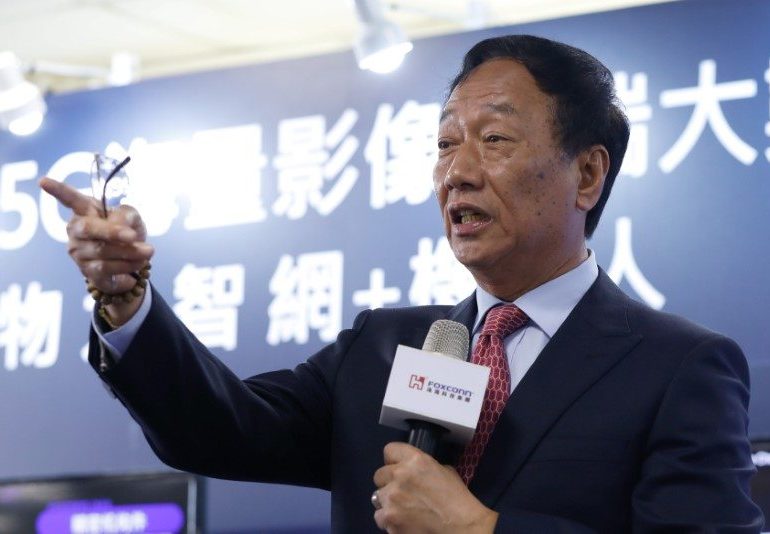As speculation swirls around whether Foxconn Technology Group will plant a flag in Wisconsin, a recurring question is: Can the state produce the 10,000 workers the company will need over time?
The answer is a qualified “yes,” even at a time when Wisconsin is dealing with a predicted shortage of workers.
The first reason for workforce optimism is the size and scope of the state’s higher education system, which produces about 75,200 graduates and certificate holders per year. That total includes about 36,000 University of Wisconsin System graduates, 25,400 Wisconsin Technical College System graduates or certificate holders, and 13,800 graduates of Wisconsin’s two-dozen private colleges and universities.

While other employers statewide are competing for that young talent and more, a significant number of graduates don’t always find the jobs they want and wind up looking outside Wisconsin’s borders. The prospect of well-compensated jobs at home may entice many more to stay put upon graduation.
Moreover, the bulk of Wisconsin’s higher education system is clustered in the state’s southern and southeast regions. Those are regions where electronics giant Foxconn may build a plant, assuming Wisconsin remains on the company’s short list of prospective U.S. sites. The Milwaukee-Racine-Kenosha region alone is home to four UW System campuses, with UW-Whitewater just outside those three counties. The region is also served by four tech college districts with nine campuses and a dozen private colleges and universities.
“Proximity is an advantage for Wisconsin in the Foxconn competition, as so many of our institutions – public and private – are in the southeast part of the state,” said Ray Cross, president of the UW System. “The key will be to build a close relationship with our (campuses) … so opportunities for employment and internships are identified before students graduate.”
While the state’s unemployment rate is hovering near a 17-year low of just over 3 percent, there are a significant number of workers who are “under-employed,” based on several measures produced by the U.S. Bureau of Labor Statistics.
Three of the most relevant are the bureau’s U-4, U-5 and U-6 rates, which are generally described as “discouraged workers.” These include people who are not in the labor force but who want and are available for work. They are not counted as unemployed because they had not searched for work in the past four weeks, believing no jobs were available for them. Wisconsin’s U-4 and U-5 rates are 3.9 and 4.3 percent, respectively, based on a period that included the first quarter of 2017.
The U-6 category also includes what the bureau describes as “involuntary part-time workers,” or people who would work full-time if they could get the hours. That expands the pool to 7.7 percent of the Wisconsin workforce.
Other sources of talent include the thousands of Wisconsin natives or Wisconsin-educated people who no longer live here but who would actively consider moving back for the right job. Surveys over time have confirmed that people who leave Wisconsin for opportunities elsewhere would return – and stay – if they could land a job that paid competitively.
Existing employers in Wisconsin might get nervous at the prospect of paying more to keep workers they already have, but a Foxconn presence in the state would likely lead to wage and salary competition. That’s something most workers wouldn’t mind, however.
Finally, there’s the reality that many of the workers to be hired by Foxconn over time are not people who have any previous ties to Wisconsin. If the plant winds up in southeast Wisconsin, northern Illinois and Chicagoland will be a source of talent. Because Foxconn is one of the world’s largest companies with about 1 million employees, expect an influx of people from outside the United States. Wisconsin’s legal immigration rate is about one-third the national average.
Wisconsin can supply or attract the 10,000 workers Foxconn would need over time. Higher education systems will need to double down on producing well-trained graduates in a timely manner. The state must welcome in-migration, not only from other states but other nations. The under-employed will get a chance to move up the career ladder. An unofficial “come home to Wisconsin” message will find its way into the snail mail, e-mail and social networks of working-age people who once lived here.
If Foxconn comes to Wisconsin, skilled workers here and elsewhere will find their way to its doors.
Tom Still is the president of the Wisconsin Technology Council.


